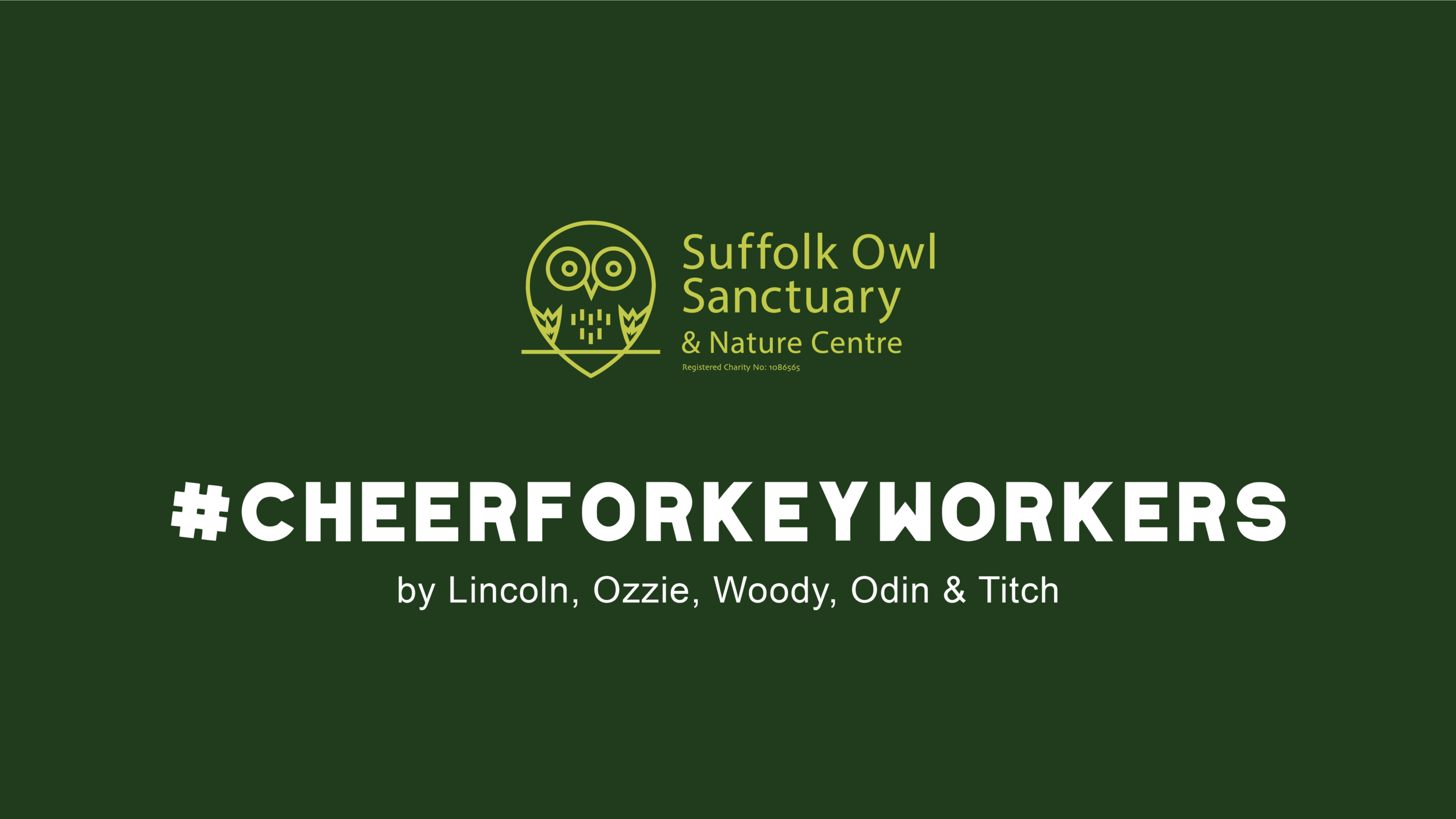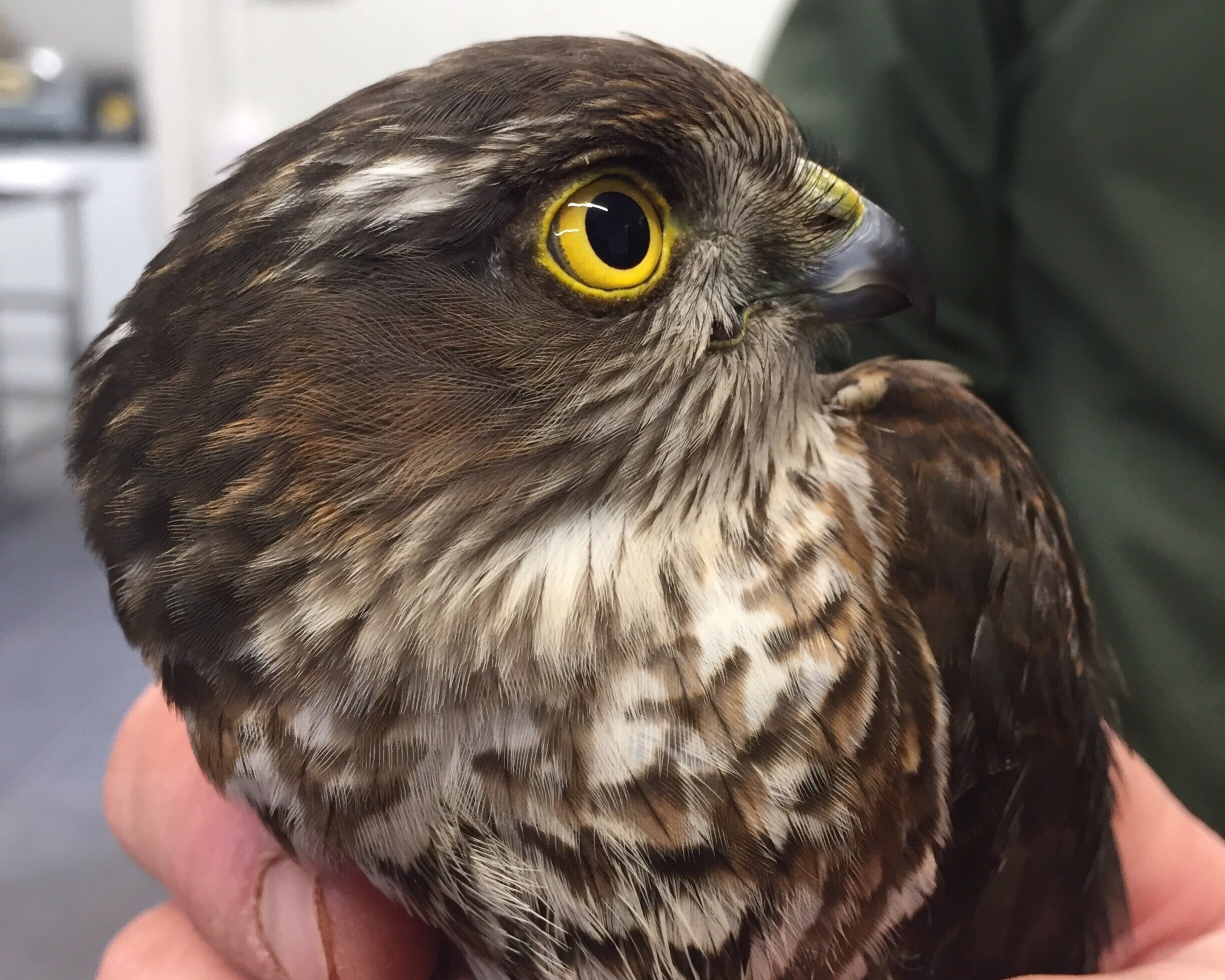This male juvenile kestrel was sadly found alone in a compost heap, with no sign of its parents.
After being rescued and brought into the raptor hospital here at SOS, we discovered the poor bird had 24 ticks around it’s eyes and mouth - so these were urgently removed and the bird was settled in comfortably to rebuild its strength and confidence.
Due to the fact this bird is so young, there is a great risk of it imprinting on the SOS staff. This means that it could possibly come to recognise and trust our falconers as the parents - making for a potentially unsuccessful, and even fatal release.
“It's difficult for falconers to prevent baby birds of prey from imprinting on humans if we have to directly feed them, which, when young, we often have to. This is always kept to a minimum by using screens and minimal time, but birds are intelligent and having strong survival skills (and a massive appetite!) So they soon associate our presence with food.
This is exacerbated by being kept alone. If kept in pairs or small groups, they will instead grow up identifying as a kestrel, and not as a part kestrel/part human! As a group they will react fearfully (as a wild bird should) to us and our presence. In essence, it reduces the chances of the chicks imprinting on people as food providers, and will instead imprint on each other as kestrels.” - Rufus, Head Falconer
We made contact with Phoenix Bird of Prey Rescue, and fortunately they also had care of a young female kestrel. Soon, the two chicks will be placed together in a rehab environment and the birds will have minimal or no human contact - a watchful eye will be kept on them via a spy-hole and food placed through a hatch until it's time for release. This will give them the best possible chance of survival out in the wild.
Thanks to the generosity of our supporters, the response to our ‘Save Our Sanctuary' appeal has significantly helped us towards the expense of feeding, caring, cleaning, veterinary services and medication requirements of the injured or unwell wild birds of prey that pass through our hospital.
However, accrued financial shortcomings means we need to continue to raise funding to look after birds such as these two kestrel chicks, who need specialist feeding, exercise, medication and veterinary treatment.
Determined to survive, we ask for your help to maintain our full range of rescue, rehab and conservation services through the winter months ahead, without compromise. Donating a few pounds a month to our 'Onwards & Upwards' survival fund by becoming a Friend of S.O.S. will help us to do this.
As always we thank you for your support, and we hope to be able to welcome you back through our doors soon.









































